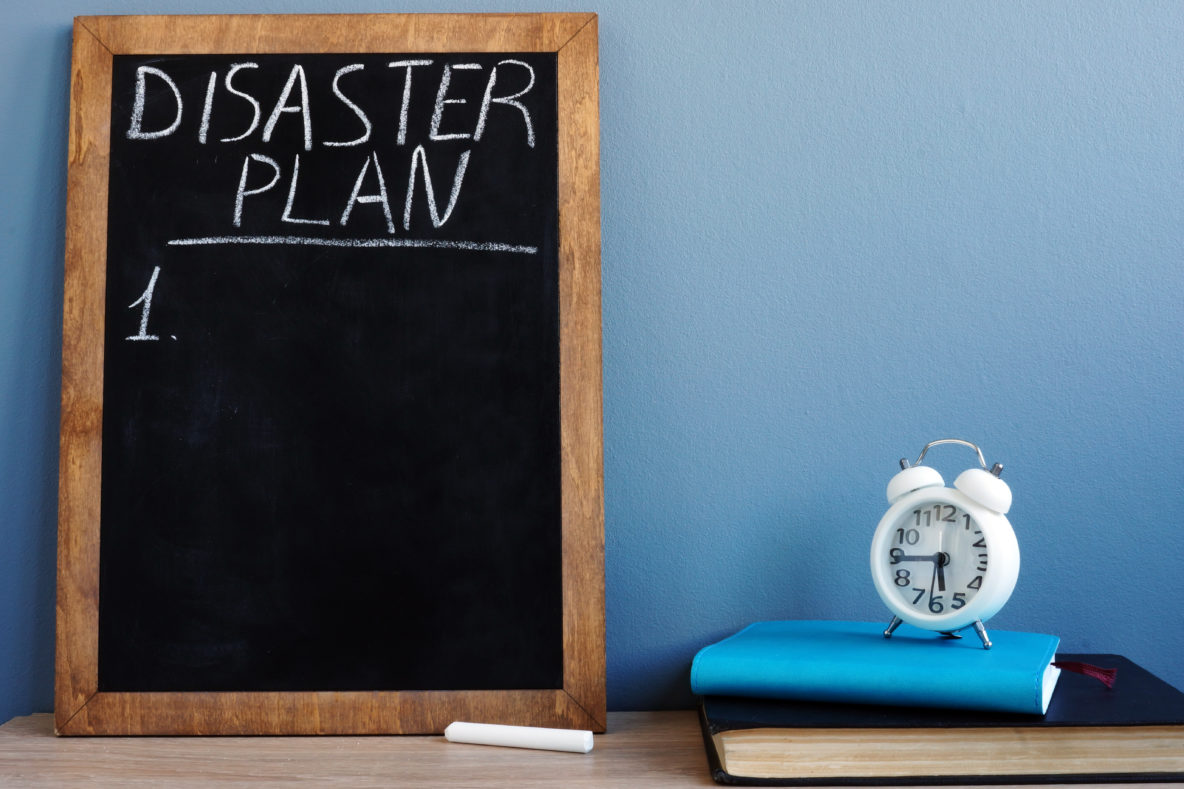In our last blog post, we talked about creating disaster protocols so your team can act quickly and effectively in case of emergencies. Here are some even more granular things you and your team can think about while creating your plans.
#1 What messaging do you want to send to tenants?
In the event of a disaster, your tenants are going to be on edge. It’s their homes at stake. So, the best management teams will make the extra effort and send out personal notes and updates to their tenants.
Make a plan for how often you want to update your tenants on developments, what system you will use, who will write the messages, and who will approve and send them out (either digitally or on paper).
#2 What are the priorities in a worst-case scenario?
Sometimes, you can’t save every asset. It’s important to know which parts of your properties bring you the most value and therefore deserve the most attention in an emergency.
#3 How to shut off water, gas, and electricity
After a disaster where utilities have been disrupted, you want to make sure certain utilities won’t cause any more harm such as gas leaks or unsafe drinking water.
Also, make sure you know who is responsible for turning off these utilities so that it gets done.
#4 What to do in case of power failure (elevators, etc.)
You should have plans in place to deal with power failures. These are crucial standard operating procedures and they need to be somewhere easily accessible to the team.
#5 Have a Trusted Recovery Partner?
When the dust settles, and everyone is safe and sound, it’s nice to know you have a trusted partner to help you recover the damages.
Find those partners for the specific types of damages before a disaster happens so that you don’t have to take the first recovery partner you speak with on the phone because time is of the essence.
#6 How Can Tech Help?
There are detailed disaster protocol manuals like this one TAA Disaster Preparedness Guide out there. While it’s important to have this information, your personnel need instructions that are specific to the properties they work on in a time of crisis.
While they’re working, you must be able to track what work has been completed and what’s still pending. As seen with the recent pandemic, it’s critical to have open channels of communication to get work done efficiently and safely.
Enter InCheck — it has been helping teams like yours digitize and manage their disaster protocols and assign work across their teams with the click of a button.
Developing your disaster protocols is a big job, but it’s easier when you ask the experts for assistance. It also helps to have technology working on your side.
For more information about how property managers are implementing new protocols using InCheck, check out this article, How Managers Are Handling Daily Cleaning & Disinfection.




